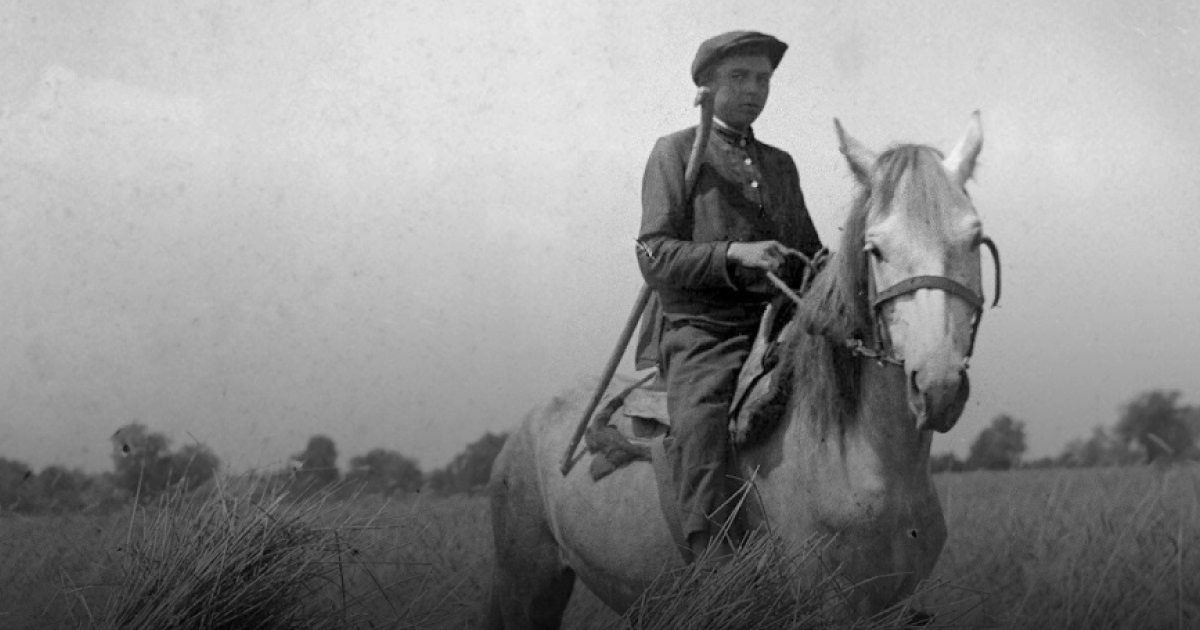The Law of Five Ears of Grain, a bloody tool of the Holodomor organisers
Музей Голодомору

On August 7, the Law on Five Ears of Grain was adopted. It is the way the Resolution On the Protection of Property of State Enterprises, Collective Farms and Cooperatives and the Strengthening of Public (Socialist) Property was commonly called. A sculpture of the girl who greets visitors to the Holodomor Museum has the symbolic five ears of grain in her hands as a reminder of the bloody law.
The initiator of the development and adoption of the resolution was dictator Joseph Stalin. On July 25, 1932, he proposed to issue a law "against the theft of cooperative and collective farm property and cargo in transport" and declared "...public property (cooperative, collective farm, state) sacred and inviolable."
According to the decree, cargo on rail and water transport and property of collective farms and cooperatives (crops in the fields, livestock, supplies, cooperative warehouses and shops) were equated with state property. Theft of such property was punishable by the highest penalty — execution with the classification of property or, in the presence of ‘mitigating circumstances’, imprisonment for at least ten years with confiscation. Amnesty was not to be granted to those convicted of such crimes.
"Even a few ears of grain, a cob of corn or a few potatoes left behind after the harvest were considered theft. They believed it was better to let it rot but not let the 'class enemy' get it.”
"After the harvesting campaign, there were ears of grain left on the field. When people were grazing cattle, they were not allowed to pick up even the grains lying around. If they did, they were thrown in jail. Komsomol activists guarded the fields, and watchmen guarded the collective farm barns. Near the fields, towers were built with armed men whose task was to 'catch spies'," recalled Oleksandr Kovtun, whose memoirs are recorded in the National Book of Holodomor Victims of the Sumy Region.
The application of the punitive Law on Five Ears of Grain peaked in the final stage of the grain procurement campaign from late November 1932 to January 1933. It was during this period that, having exhausted the so-called ‘visible bread reserves’, the authorities began to implement the procurement plan, confiscating ‘stolen, illegally distributed and hidden bread’ from the peasants. The policy was that if you failed to meet the grain procurement plan and they found at least something edible, you must have stolen and hidden it. Secret grinding of grain was also considered a criminal offence and was subject to the decree. For this reason, the millstones were confiscated from the peasants or broken. In essence, the law prohibited peasants from disposing of their food.
The Law of Five Ears of Grain became one of the key documents of the Holodomor because it deprived Ukrainians of the right to salvation. Its adoption became a death sentence for millions of Ukrainians. When every last grain was taken away, those who tried to survive would be tried as ‘enemies of the people’.
Amid the Holodomor, it was not rare that the Law of Five Ears of Grain was applied to peasants dying of starvation. For example, in the Arbuzyn and Hrosuliv districts of the Odesa region, the ‘thieves’ did not even live to see their cases heard in court and died of exhaustion.
According to the information published in 1988 by the Pravda newspaper, in less than five months after adopting the Law on Five Ears of Grain, 54,645 people were convicted under its articles. Of these, 2110 were sentenced to death. Children who tried to find at least some food were also punished.
The decree was a polite decree that remained in force until 1947, when it was replaced by the Decree of the Presidium of the Supreme Soviet of the USSR On Criminal Liability for the Theft of State and Public Property, which established differentiated liability — the punishment ranged from five to 25 years depending on the severity of the crime.


